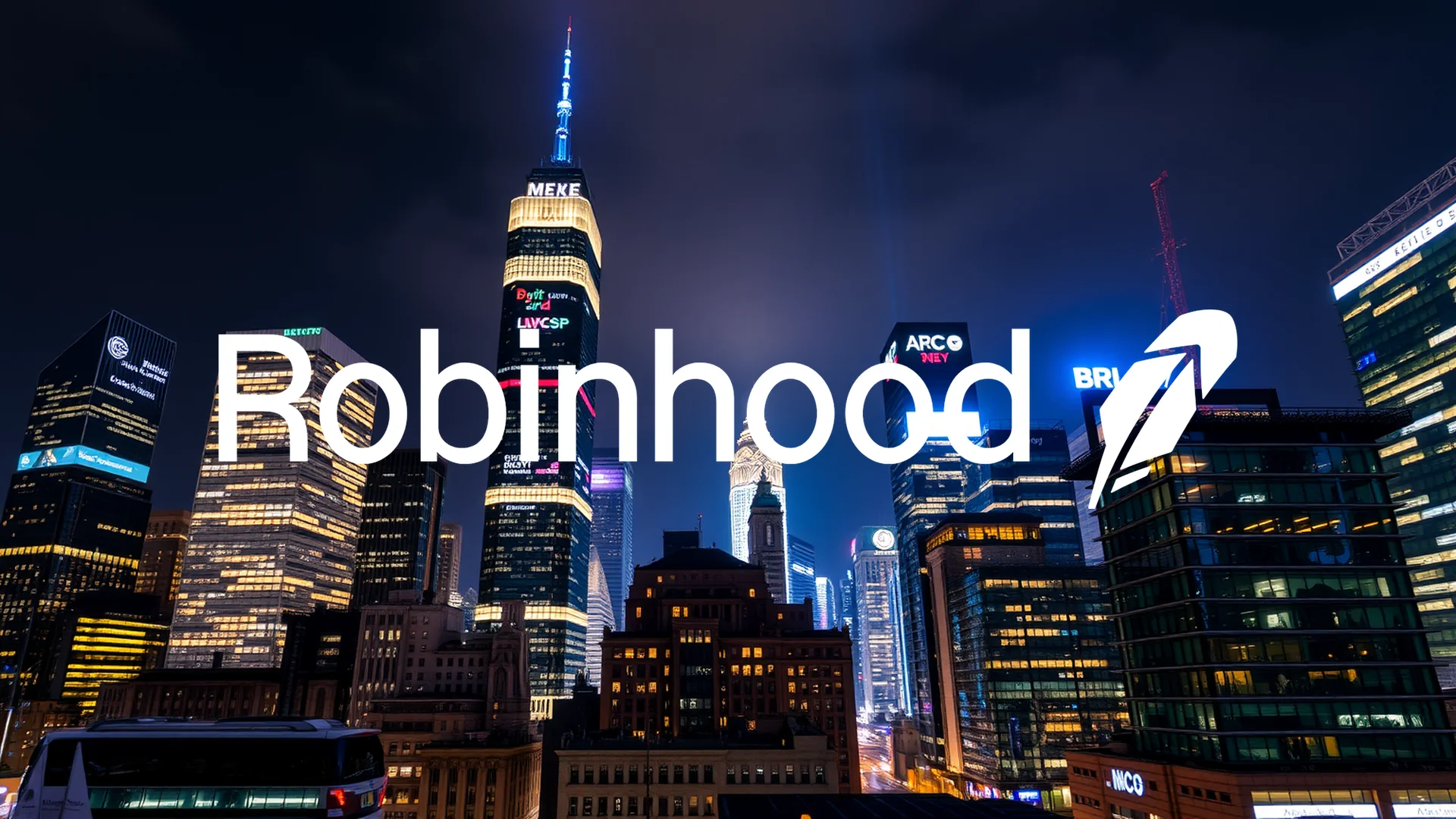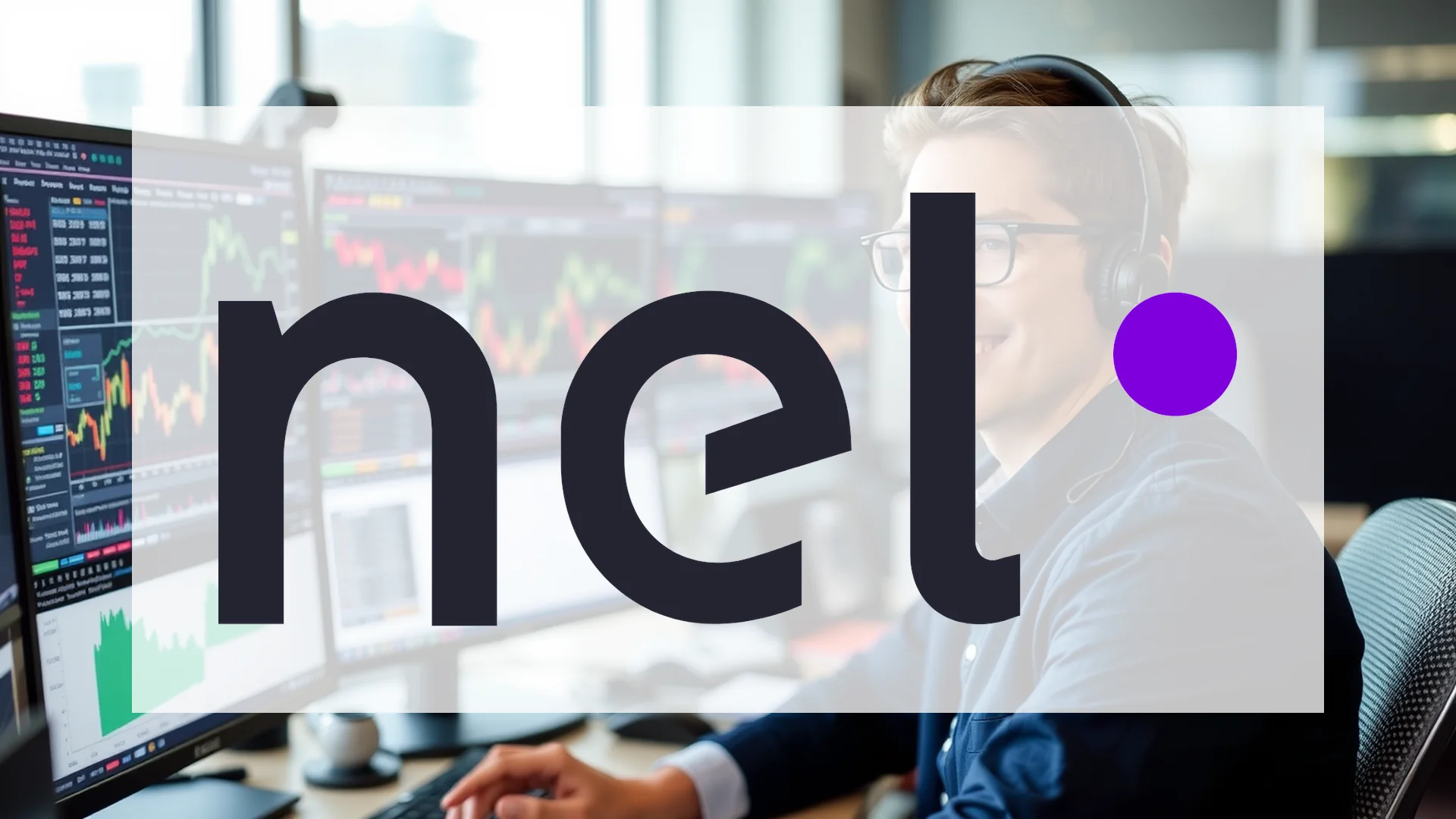Monday presented a critical test for Robinhood Markets as its popular trading platform experienced a complete system failure during one of the market’s most crucial periods. Just as trading activity intensified at the opening bell, the platform became inaccessible to thousands of users, transforming what had begun as a promising session into an operational nightmare for the fintech company.
Market Opening Chaos
The trouble started precisely as U.S. markets opened on Monday morning. Users attempting to access their accounts encountered frozen screens and persistent error messages instead of their trading dashboards. For approximately forty minutes, the platform remained inoperative, preventing clients from executing trades or even viewing their portfolio holdings. Downdetector, the outage monitoring service, recorded more than 11,000 user complaints during this disruption period.
The market response to the technical failure was immediate and severe. After initially reaching a new 52-week peak of $153.86, Robinhood shares reversed direction and entered negative territory. Various sources reported declines ranging between 1-2%, with some indicating a more substantial 5.3% drop to $73.41. Social media platforms became flooded with expressions of frustration from traders who found themselves locked out during one of the day’s most significant trading windows.
Competitive Landscape Shifts Amid Technical Troubles
Adding to Robinhood’s challenges, the same day saw competitor Galaxy Digital unveil its new integrated trading platform, GalaxyOne, while simultaneously enjoying positive momentum in its stock performance. This coincidental timing highlighted the intense competition within the retail investment sector, where platform reliability has become equally as important as innovative features for maintaining user trust.
Should investors sell immediately? Or is it worth buying Robinhood?
Prior to this incident, Robinhood had been enjoying remarkable performance, with shares surging nearly 300% since the beginning of the year. This impressive rally had been supported by optimistic analyst coverage from major financial institutions including Bank of America, Needham, and Morgan Stanley. The company’s recently introduced prediction markets had shown particular promise, reportedly generating over $200 million in annualized revenue.
Fundamental Questions Emerge
The platform failure raises fundamental concerns about operational stability and risk management protocols. Robinhood has yet to provide a detailed explanation regarding the root causes of the system collapse. The company faces its next significant test on November 5th, when it releases third-quarter financial results. Investors will be scrutinizing not only growth metrics but, more importantly, seeking reassurance about management’s strategy for preventing future service interruptions.
The central question remains whether this represents an isolated technical glitch or signals deeper structural vulnerabilities within the rapidly expanding trading platform.
Ad
Robinhood Stock: Buy or Sell?! New Robinhood Analysis from November 21 delivers the answer:
The latest Robinhood figures speak for themselves: Urgent action needed for Robinhood investors. Is it worth buying or should you sell? Find out what to do now in the current free analysis from November 21.
Robinhood: Buy or sell? Read more here...










